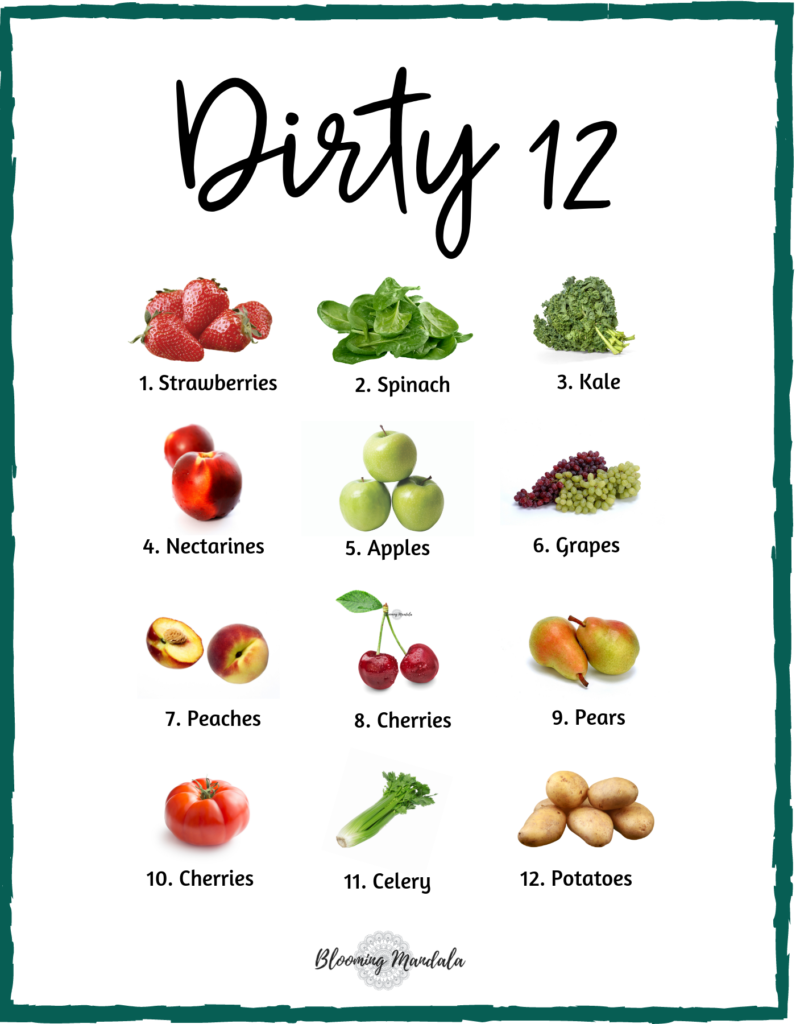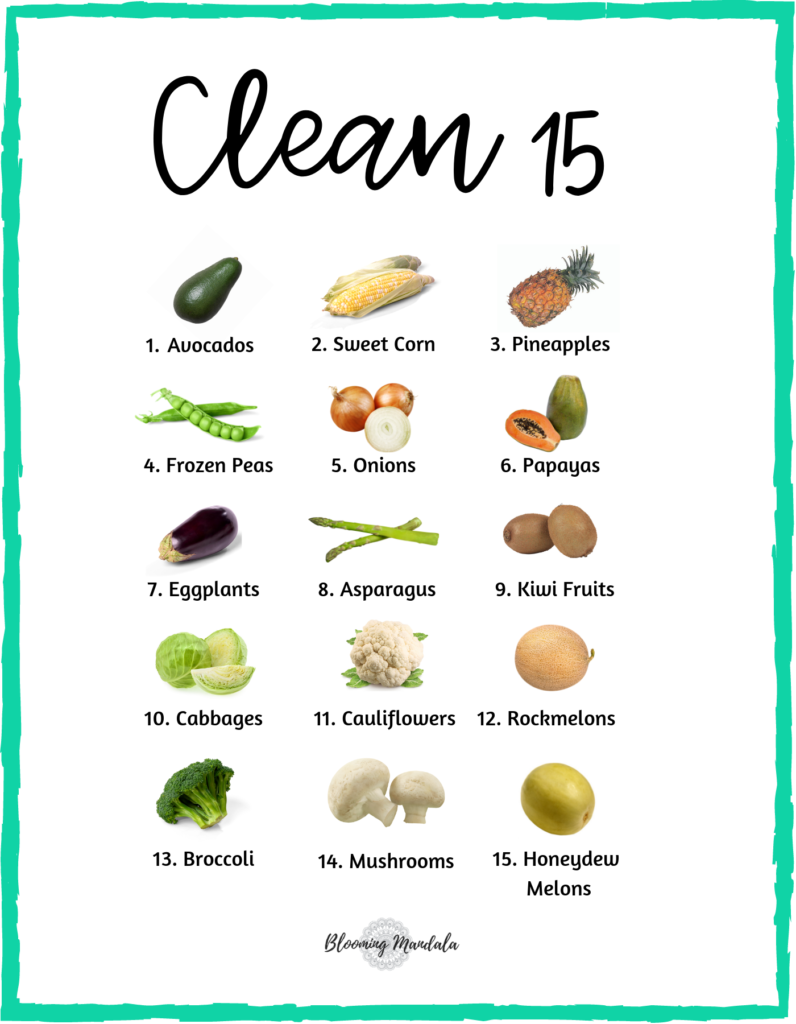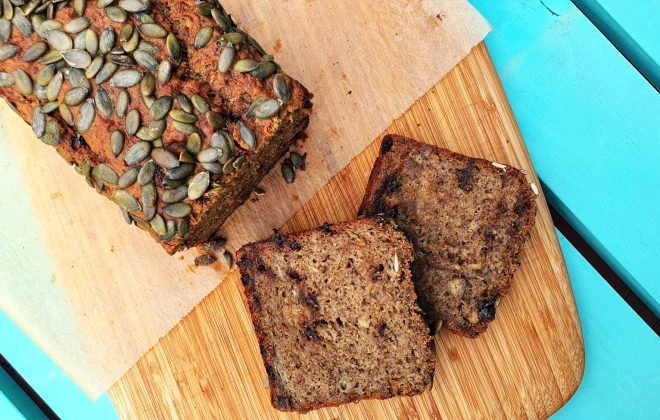What Are The Dirty Dozen and Clean Fifteen
Most of us are aware of the benefits of eating organic where possible, but in reality, it can be quite painful on the weekly grocery bill. This is where the dirty dozen and clean fifteen can help.
What are the dirty dozen and clean fifteen?
The dirty dozen and clean fifteen is a Shopper’s Guide to Pesticides in Produce™ released and updated each year by The Environmental Working Group (EWG), a non-profit, non-partisan organization dedicated to protecting human health and the environment. The lists are based on laboratory tests done by the U.S. Department of Agriculture on a large number of fruit and vegetable crops, looking for more than 100 pesticides, with a focus on those crops highly consumed by infants and children.
Whilst the list is put together in the U.S., the same applies to Australian produce as we essentially use the same farming practices.
How is The Dirty Dozen Determined?
The EWG combines six different measures of contamination to come up with a composite score for each type of produce:
- Percentage of samples tested that had detectable pesticides
- Percentage of samples that had two or more pesticides
- Average number of pesticides found on a sample
- Average amount (in parts per million) of all pesticides found
- Maximum number of pesticides found on a single sample
- Total number of pesticides found on the commodity (source)
The 2019 Dirty Dozen

The 2019 Clean Fifteen

The full list of 47 crops can be found here
How The Dirty Dozen & Clean Fifteen Can Help Your Food Budget
The health benefits of eating a diet full of fruits and vegetables are beyond doubt and eating a bunch of fresh fruits and vegetables, regardless of whether they are organic or not is essential for your health. Even if you cannot afford organic, do not stop eating your fill of plants.
The clean fifteen and dirty dozen allow you to prioritise conventional vs organic when the budget won’t allow 100% organic. Local farmers markets often have “spray free” produce at great prices! “Spray Free” essentially means they are grown organically, but the grower hasn’t forked out thousands for organic certification. That means you can get pesticide free produce without the certification price tag too!
Another way to reduce pesticide exposure, save money and get in touch with the earth, is to have a go at growing your own! Leafy greens are expensive to buy organic, the conventional crops are highly sprayed, they have a short shelf life but are so simple to grow and require very little space, so are a great place to start.
Whether you need to spend your money wisely or organic produce is hard to get hold of where you live the EWG’s dirty dozen and clean fifteen are a helpful resource to have on hand.





